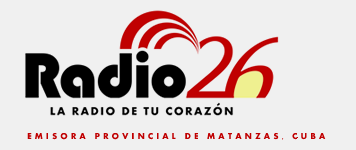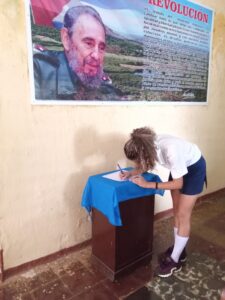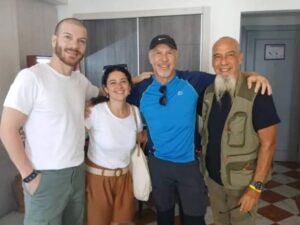Chernobyl and Cuba: solidarity and empathy beyond the tragedy.
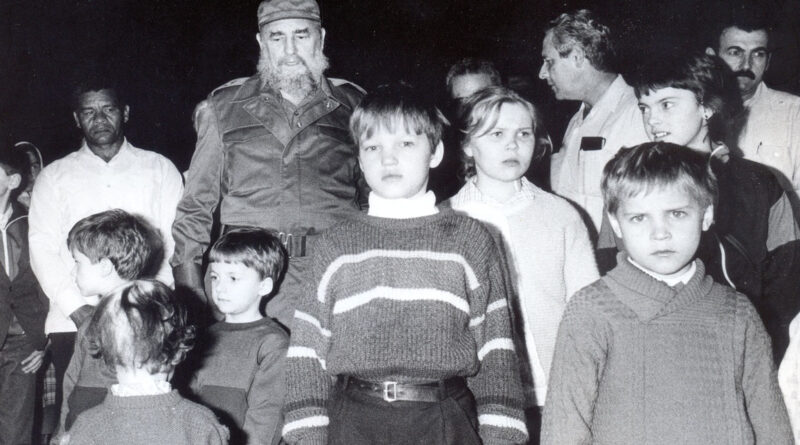
The tragedy taught about the risks of mismanaged nuclear energy, but it also left a lasting lesson: that even in the darkest moments, it is possible to illuminate hope from unexpected places.

On April 26th, 1986, the Chernobyl nuclear power plant, located in the then Ukrainian Soviet Socialist Republic, was the scene of the worst nuclear accident in history.
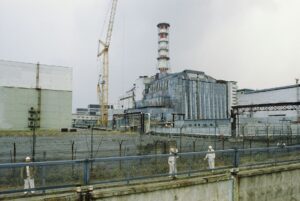
The explosion of reactor number four released a massive amount of radioactive material into the atmosphere, comparable to multiple Hiroshima bombs, affecting millions of residents in vast regions of Eastern Europe.
The immediate consequences included the evacuation of more than 130,000 people and a dramatic increase in diseases such as thyroid cancers, leukemias and congenital malformations. The catastrophe not only exposed the structural errors of the Soviet system, but also brought the world face to face with the limits of nuclear technology when it is not managed with due transparency and rigor.
In the midst of this disaster, a chapter of great altruism began to be written in the Caribbean. Thousands of kilometers away from the epicenter of the disaster, the Cuban people, in an unprecedented gesture of solidarity, took in more than 26,000 children affected by the radiation under a humanitarian program in the coastal town of Tarará, east of Havana.
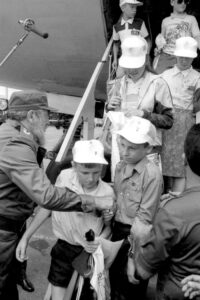
Thanks to the initiative, for more than two decades, these children received free medical care, specialized food and a comprehensive rehabilitation environment.
The operation was not simple. It involved the mobilization of resources in a country already facing serious economic restrictions, aggravated in the 1990s with the collapse of the socialist camp. Nevertheless, Cuban doctors, nurses, psychologists and volunteers actively participated in the recovery of these children, who suffered from skin diseases and oncological conditions.
Beyond clinical treatment, the proposal offered hope of physical and emotional healing for those young victims of the catastrophic event.
This humanitarian gesture transcended political and ideological boundaries. Cuba opted for direct assistance, sustained over time and loaded with a strong ethical component. It was not only a health response, but also a profoundly moral one, in line with the internationalist principles of the Revolution.
That effort was possible thanks to a solid health structure, forged in years of prioritizing Public Health as a social pillar.
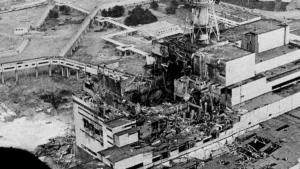
Today, almost four decades after that April night, the memory of the Chernobyl accident persists as a warning and a legacy.
The environmental aftermath is still active in the so-called “exclusion zones”, and the lives altered by the debacle still resonate in the stories of the survivors.
At the same time, the bond forged between the victims of Chernobyl and the Cuban people remains one of the most eloquent examples of international solidarity in the 20th century.
In a world increasingly shaken by natural disasters and humanitarian crises, this episode is a reminder that compassion and ethical duty know no borders. The tragedy taught about the risks of mismanaged nuclear power, but it also left a lasting lesson: that even in the darkest moments, it is possible to illuminate hope from unexpected places.
Written by Yadiel Barbón.
